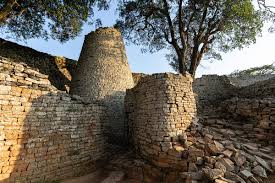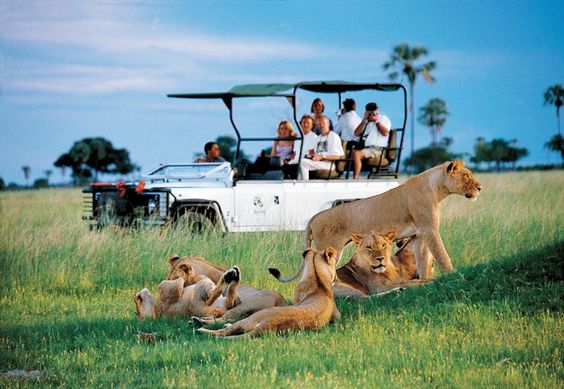Experience Zimbabwe

Virtual Tours
Experience Zimbabwe's majestic landscapes in stunning 9D virtual reality.

Cultural Heritage
Immerse yourself in Zimbabwe's rich cultural traditions and ceremonies.

Wildlife Safari
Discover Zimbabwe's diverse wildlife through interactive experiences.

